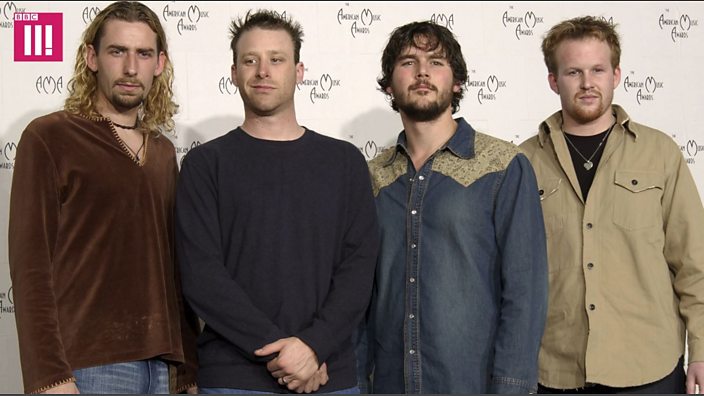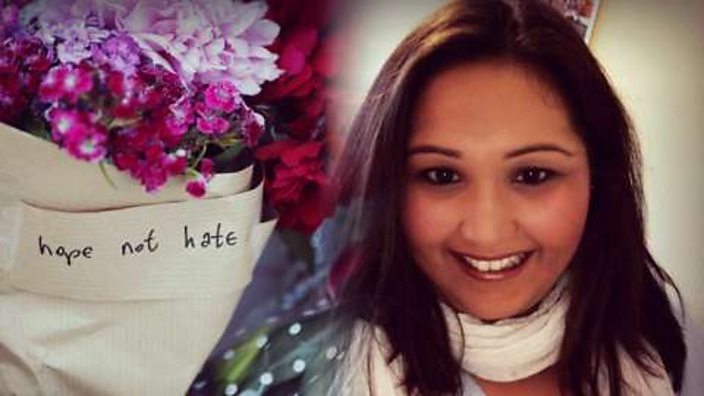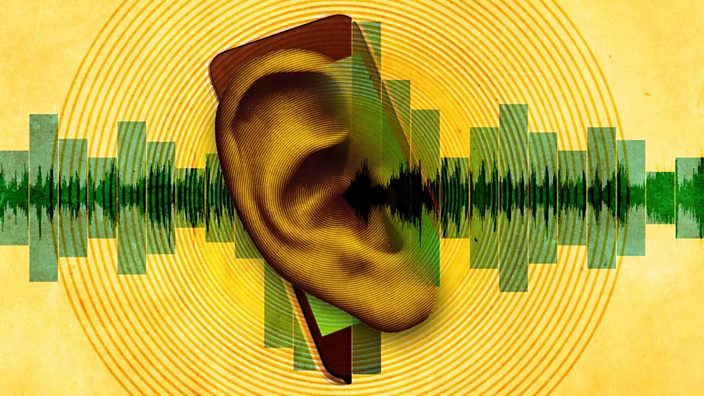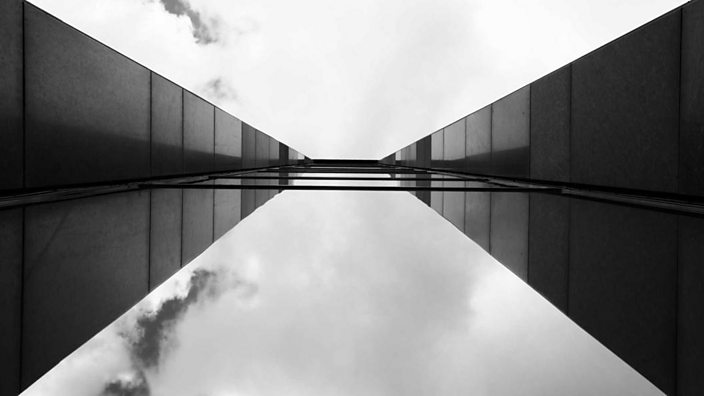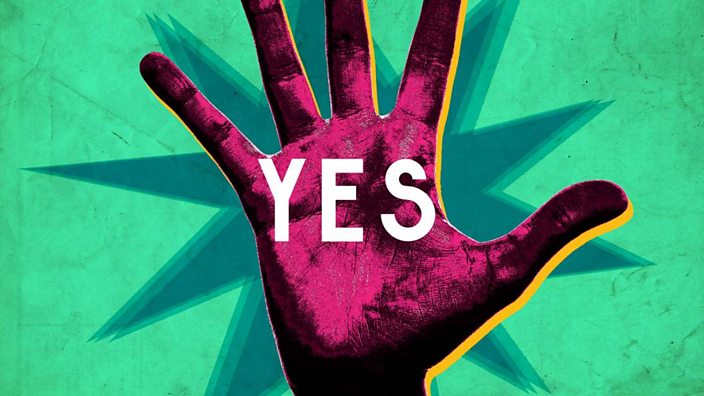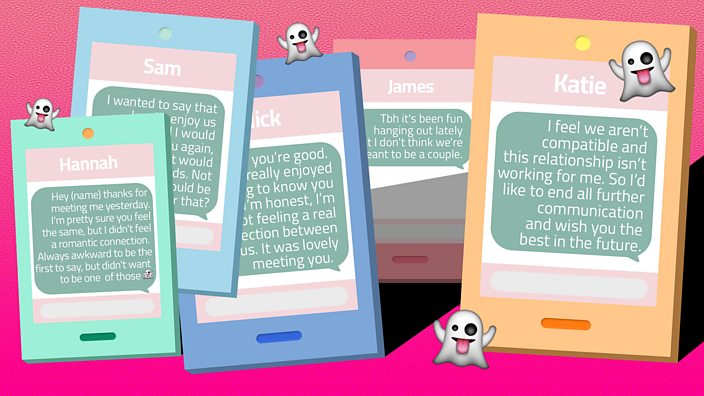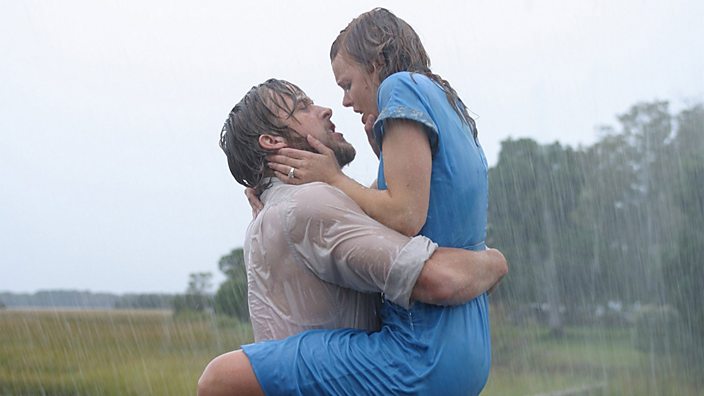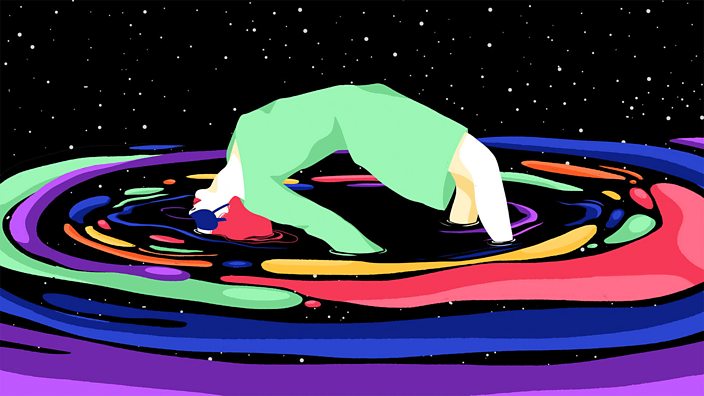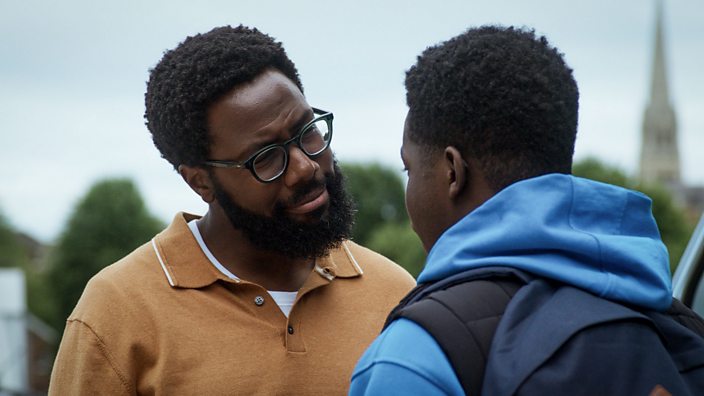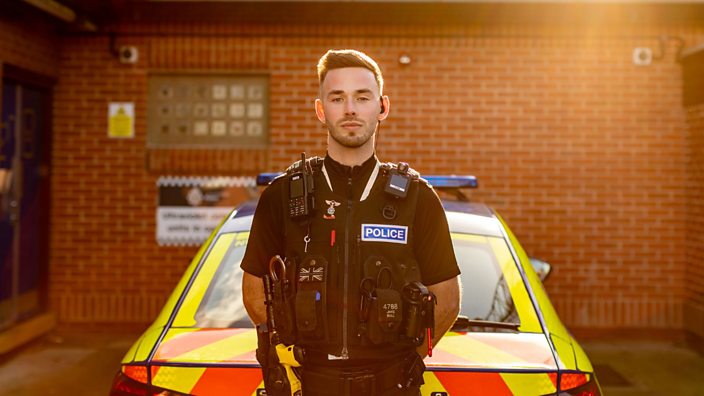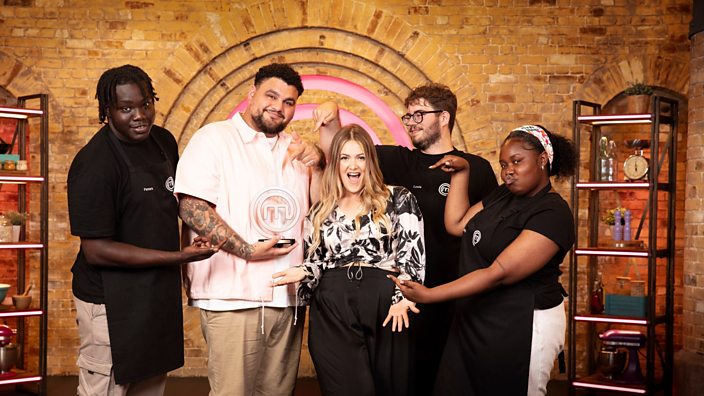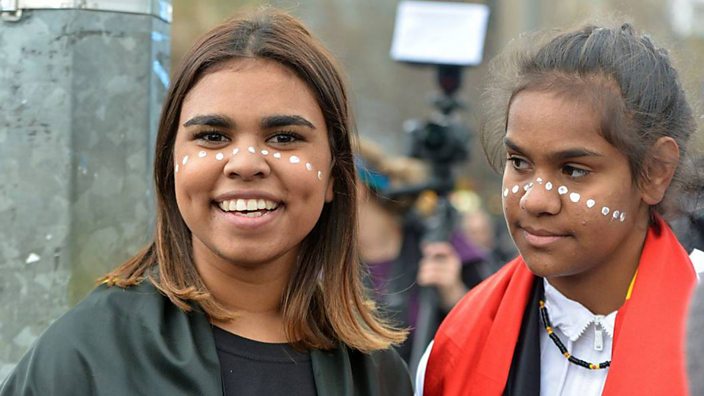 Getty Images
Getty ImagesAustralia's Aboriginal youth: Young life in our oldest civilisation
Which is the most ancient human civilisation still in existence?
After decades of argument, a study has backed the idea that indigenous Australians can claim the title. Based on an extensive analysis of their DNA, scientists at the University of Copenhagen have shown that modern Aboriginal Australians are direct descendants of a civilization that arrived in the country more than 50,000 years ago - and remained pretty much isolated ever since. That is one very long family tree.
Throughout human history, the vast majority of young indigenous Australians grew up in a culture that had been free from outside influence for millennia. But then all that changed. So what is it like now to be a young person growing up as part of this ancient community?
When you imagine growing up in Australia, you might think of surfing, hanging out on sandy beaches and drinking chilled stubbies. But for Aboriginal youth on the fringes of Australian society, the reality can be very different.
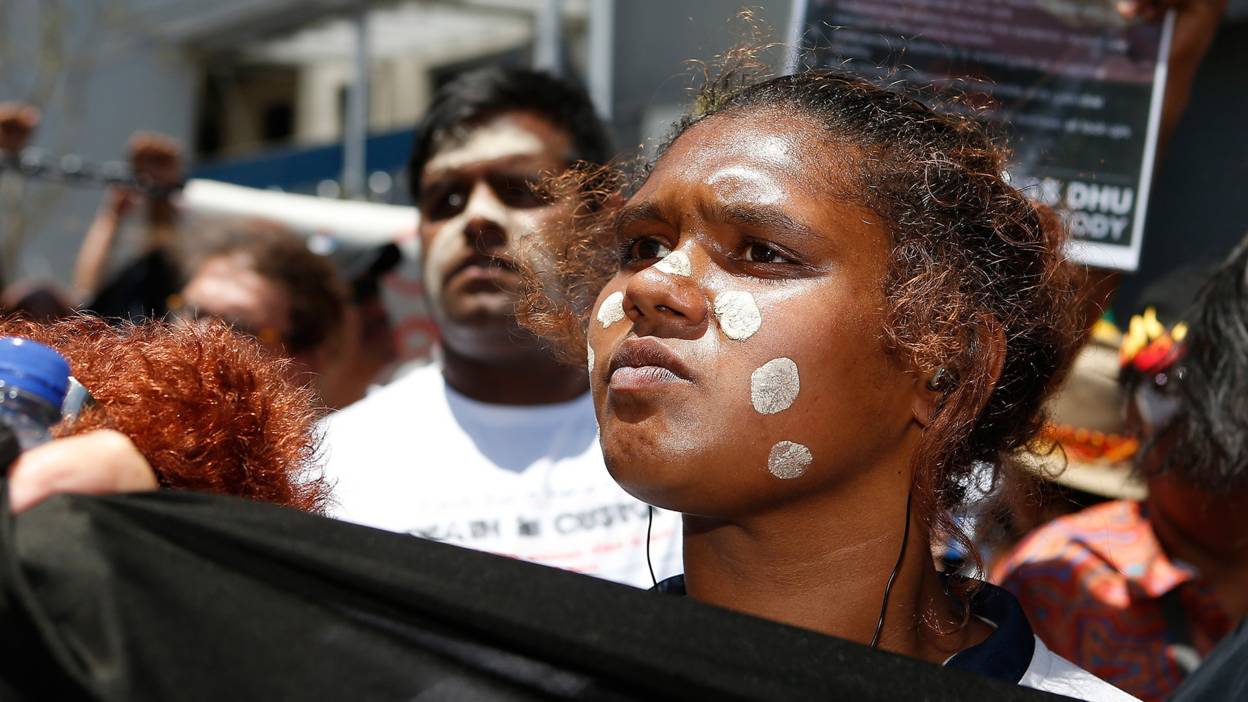 Getty Images
Getty Images
Research shows indigenous people today make up just 2.7% of Australia’s total population. And while there has been a recent rejuvenation of Aboriginal culture, their communities have also become associated with alcohol and drug problems, suicide and crime.
Modern Aboriginal societies have been deeply affected by recent history: first the brutal colonialism and violent killing of Aboriginal people by western settlers of the last few centuries, and more recently the government policies of 'assimilation', when Aboriginal children were taken from their families to be absorbed into mainstream society.
Today's Aboriginal children face quite different challenges. Indigenous rights expert Professor Alexandra Xanthaki of Brunel University tells us, “Young Aboriginal people in Australia listen to Beyoncé and Rihanna like the rest of us, and they would rather go hungry than be without their smartphone. But, the major difference is that Aboriginal youths feel alienated from their country’s society and stripped of their identity by colonisation.
"The main cultural differences from western societies are Aboriginal peoples’ spiritual relationship with the land, and their family structure. Traditionally they live outside a lot, as the house is not the core of everyday life as it is in our society."
Dr Anne Poelina, an Aboriginal woman from Western Australia, explains further: “ The river, the land - they’re all an energy system. I think all of us, whether we are young or old, need to connect with nature and the environment because it helps build our resilience.”
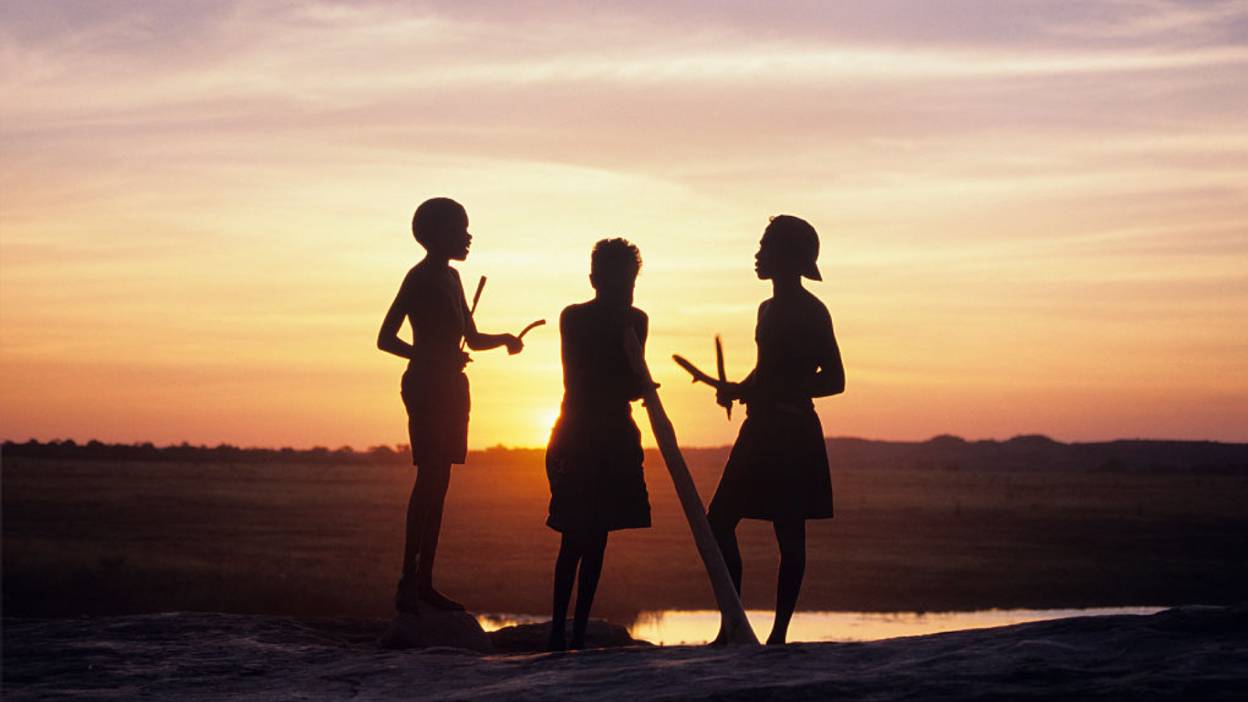 Getty Images
Getty Images
Professor Xanthaki explains that on top of feeling stripped of identity, many indigenous families face barriers that can make integration into mainstream society even harder. "They live in poverty, are mostly unemployed - in fact, many are homeless. They feel there is a lack of respect for their history as there is little education about Aboriginal heritage in mainstream schooling. This sort of feeling of unworthiness manifests into problems with alcohol and drugs.
“Aboriginal children don’t grow up in a traditional nuclear family, but the whole community is considered a family, with elders ultimately in charge. Often the kids go to schools outside the reservation (the bush) but they’re not being taught about Aboriginal cultural differences and beliefs - this knowledge is passed down through the family.
"The reliance on state benefits within Aboriginal culture is rife and yet mistrust of the state comes in equal measure. The village elders (usually old, conservative men) in Aboriginal communities are looked to as a justice system. Aboriginal people wouldn’t very easily take an issue to court; they would leave the decisions to elders."
The tension created by trying to maintain traditional culture whilst immersed in a very different mainstream takes its toll. The suicide rate among indigenous youth in Australia is among the highest in the world, a phenomenon reportedly not seen even a generation ago. A recent study found that youth suicide rates are six times higher in communities where Aboriginal language has vanished. And according to the Australian Department of Health, Aboriginal women and girls aged 20-24 are committing suicide at a rate five times that of non-indigenous women of the same age.
Aboriginal actress Nakkiah Lui wrote in the Guardian, “I heard 'Abo' jokes every day at school. Every day I was made to feel ashamed of who I was. No matter how hard my parents tried to make me proud and strong, you can not turn a blind eye to systematic oppression – especially when you’re a child. I still think about killing myself every day. I still feel worthless. But I’m privileged and have support around me to fight it.”
The situation with youth suicides has spurred indigenous elders in Western Australia to create projects for young women. They can go on trips to indigenous lands, learn traditional songs, dances and stories from female elders. They are being taught about plant life and how to weave. The Australian government reckons that this sort of cultural engagement, “builds young people’s confidence and has helped curb suicide and substance abuse in participating communities”.
The stats on youth imprisonment are equally mind-blowing. Indigenous people make up about 30% of the Northern Territory’s residents but more than 80% of its prison population. Young, indigenous people are taken into custody for minor offences like swearing or making too much noise, 26 times as much as non-indigenous youths. In Western Australia, that rate is 52 times higher for young Aboriginal people.
Aboriginal rap star Briggs has become a role model for indigenous, incarcerated youth. He told the BBC that, “racism in Australia is prevalent and hasn’t been dealt with. Rap has been an outlet for frustrations.”
The fact that Aboriginal voices like Briggs are beginning to speak out and be heard is a step forward for Aboriginal youth culture, but it’s a very tiny step on what looks to be a long road ahead.



